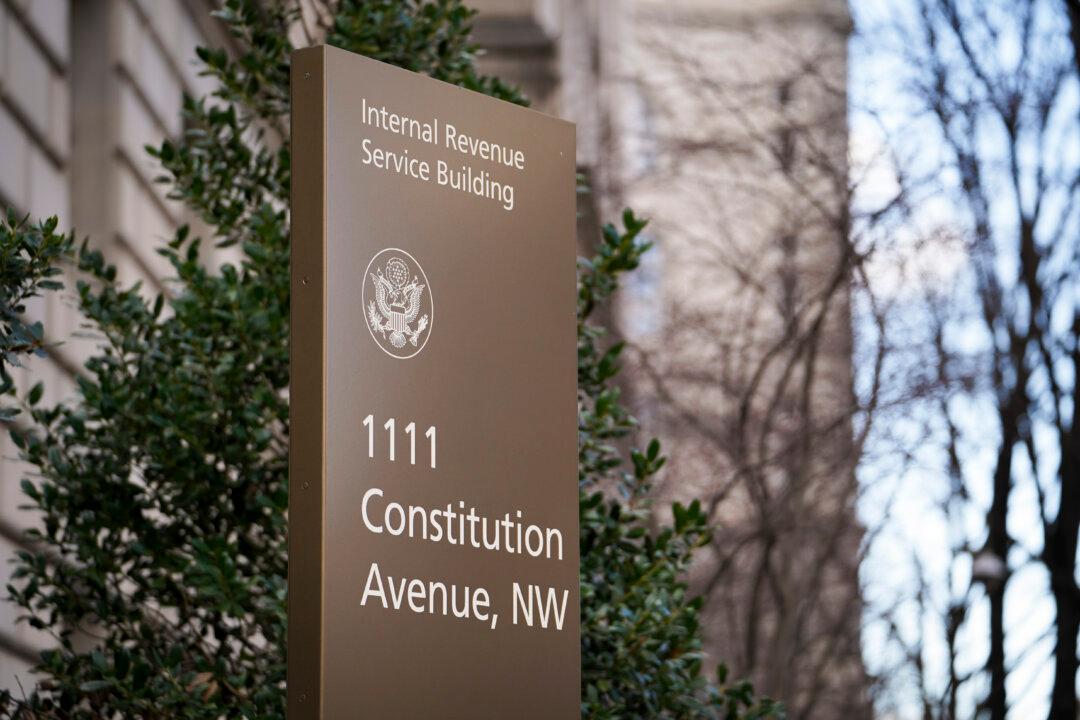The Internal Revenue Service (IRS) has sent lower tax refunds to taxpayers so far this filing season, with the agency blaming the situation on the delayed start of the season.
According to statistics released by the IRS on Friday, the federal income tax refund for the 2024 filing season averaged $1,395 as of Feb. 2. This is almost 29 percent less than the refunds for the 2023 filing season. The IRS claims the decrease is because last year’s filing season kicked off on Jan. 23, while this time around, it started seven days later on Jan. 29.





